Today Alcombe and Minehead appear to be one but as little time ago as 1900 the main road to Minehead was a narrow track and apart from a cluster of houses near the junction with Porlock Road there were no buildings between Alcombe Cross and the Catholic Church and Townsend House.
Fields filled the area between and some of the field names remain such as Hayfield and Lower Meadow. These fields which stretched towards the sea were part of Cross Farm, which sold excellent cream,– the house still stands at the top of Bircham Road. It and Manor Farm were a centre
of employment.
Shire horses were used and when the mowing machine was introduced the workers resisted it fearing loss of their jobs. So Alcombe, meaning the valley with alders, was a separate, self sufficient, rural village bounded by farmland.
In the 1851 census three blacksmiths are recorded, three masons, a carpenter, a group of cordwainers (shoemakers), two Innkeepers, tailors and dressmakers and even a private teacher. The population was just 241. But it grew from 700 in 1903 to 2,600 in 1953.
Alcombe has many buildings worthy of close inspection and this is an attempt to encourage those who have not visited to take the trouble to walk around and look at some of them. In Bircham Road you will see an imposing Grade 11 listed Georgian terrace comprising Alcombe Hall and Alcombe House Hotel built by the Luttrell family in 1780.
The Hall now apartments was once a Guest house. It used to have railings in front and a croquet lawn across what is now the road. After Minehead had been damaged by fire there was a plan to build a new town and a foundation stone was laid in Alcombe by William Davis and James Taylor but this terrace was the only part that was built.
Enter Brook Street from the main road and on the right you will see an impressively high stone wall in which there is a gated arch. Originally it was the carriage entrance to the front door of Alcombe Lodge, an L-shaped Georgian building lived in by the Hole family until after WW1 when Prebendary Hancock bought it It occupied the whole triangle formed by Brook St., Church St.and the main road. It had a summerhouse, a lily pond, kitchen garden, a cobbled stable yard, kennels,2 coach houses with lofts, cowsheds and a field. Until 1939 there was a board on a high wall near the stables warning of ‘Man traps & spring guns set in this field’ which was given to Taunton Museum.
Just after WW2 the house was sold to the UDC which built bungalows in the paddock and converted the stables. The house was pulled down in the 1960’s.
On the right at the end of Brook Street Mews is a cottage called Edgecombe dated 1640.
Matron Grey a very popular Minehead Hospital Matron lived here, followed by Thelma Frost, a leading light in the West Somerset Watchdogs.
Continuing up Brook Street on the left houses numbers 2,3,4,& 5 are all Listed Buildings. Notice how there are two low doors both leading to a cellar area. There is a hole in the wall maybe created to allow flood water to drain out and note how the road has been raised to be above stream flooding. One property has a filled in window bricked up to avoid paying the window tax introduced in 1696 & not repealed for 150yrs.
Turn into Combeland Road where C18 Hoar Oak House can be seen with its trellised porch. It was once two cottages and one time home of the Chair of the Exmoor Society. Just beyond it is the C17 Lodge, also previously 2 cottages. It has a central staircase. For years it was owned by a Horologist who had been left it by his mother. Next door is the early 18C Heritage which is attached to the rear right of The Lodge. Both these thatched properties were listed in 1952.
It is believed that there was a monastic cell in this area which could well have been situated where the Hermitage now is.
Opposite was land once called Dollen Field that was purchased from Susannah Turner as a Quaker burial ground. It was used from 1741 until 1780. 35 burials were recorded as having taken place there. The Methodists had been trying unsuccessfully to find a site for a chapel in Minehead and the Quakers agreed to lease them the no longer used burial ground in 1850. Here they built a chapel of the local red sandstone. The windows in the existing building still indicate its former religious usage.
When it became too small the Methodists built a new chapel in Lower Meadow Road in the 1930’s. The chapel and land reverted back to the Quakers for a while before being converted into a house and garden. The owners were bound to report any unusual finds in the garden to Somerset County Council but as the land had been raised this was unlikely.
Continuing back up to the junction on the corner of Manor Road is the Britannia Inn established in 1701 in a small cottage in the middle of a row of three. Later one side became a PO run by Mr Upham followed by his daughters. When they sought new premises it became part of the Britannia as did the other side with its stables and yard.
In this yard Mr Edward Western ran a private boarding school for boys called Alcombe High School. Over the road were the stables where the boys kept their ponies. There were several schools in Alcombe. Mr Hewitt’s was in Combeland Road.
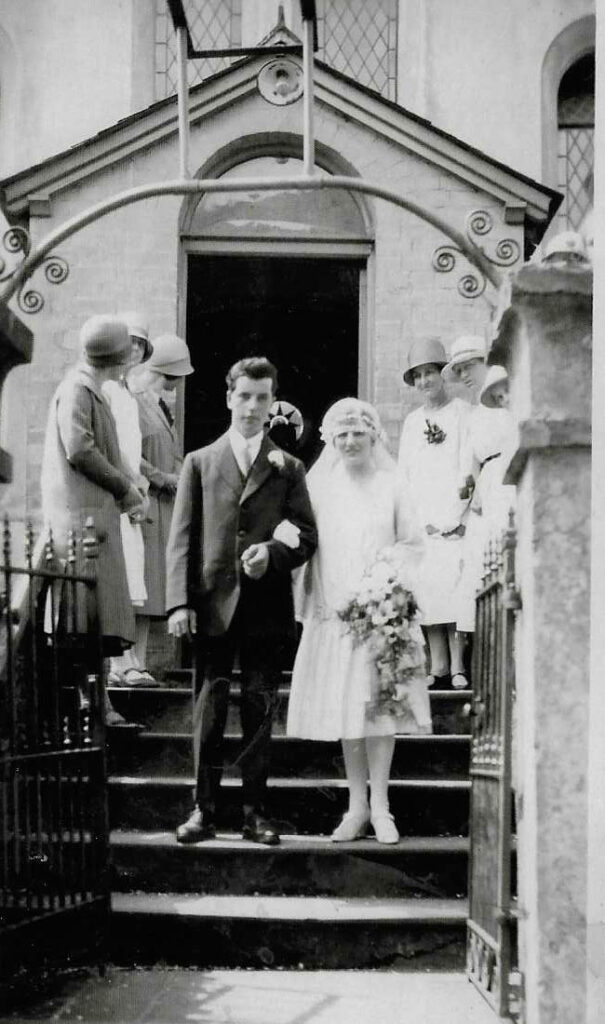
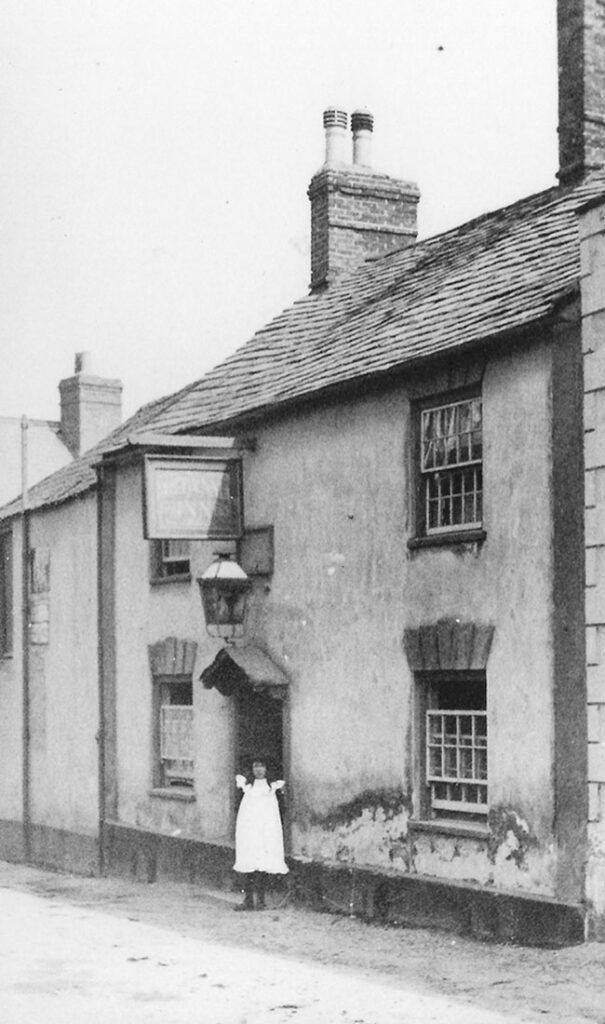
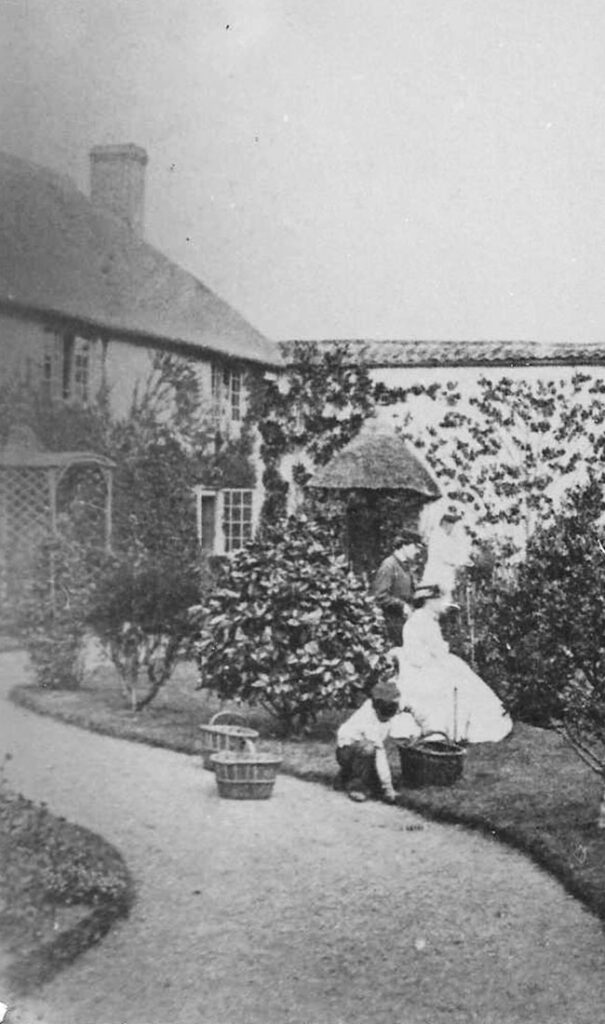
Compiled by Sally Bainbridge on behalf of Minehead Conservation Society.
Buy the book! Minehead & Beyond
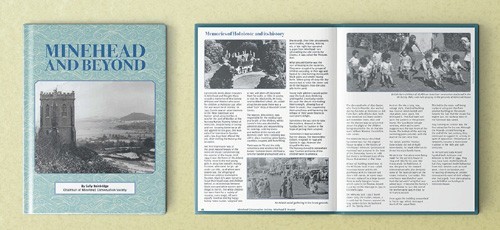
This book is a compilation of articles written for this magazine by Sally Bainbridge on behalf of Minehead Conservation Society. It contains information about the richness of West Somerset’s history; culture; people; heritage; traditions and beautiful and varied landscape. The book costs just £5 and all profits go to Minehead Conservation Society.
Available to buy from AR Computing, Park Lane Home Furnishing (in their Park Lane shop), Minehead Tourist Information Centre and Townsend House (Monday am).
Office: Townsend House, Townsend Road, Minehead TA24 5RG (01643 706258) E-mail: [email protected]
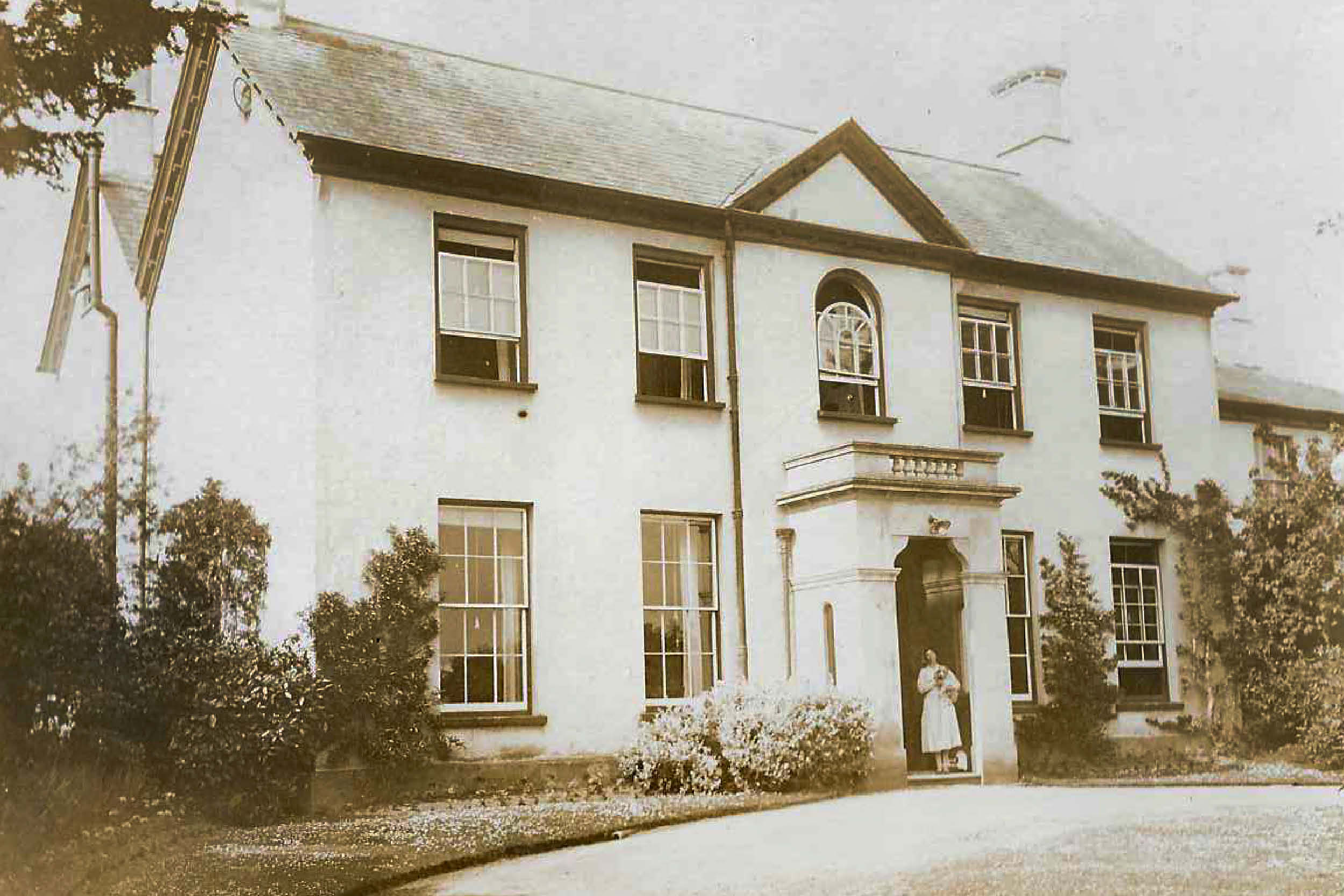

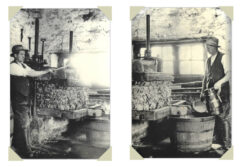
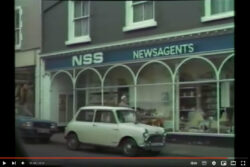
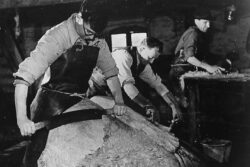
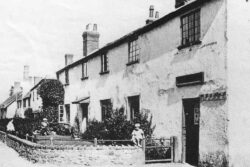
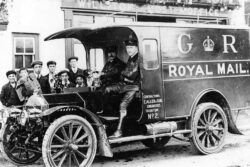

One Response
Was alcombe road all fields in alcombe, I’m trying to find history on it as my friends house was haunted there which caused her to move out.